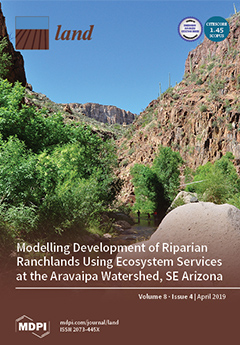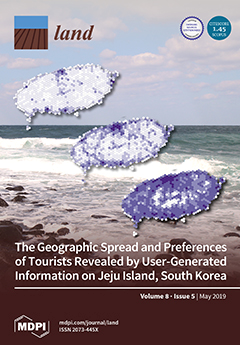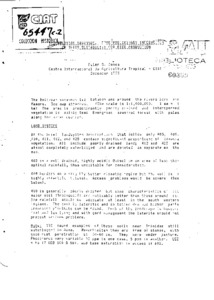biophysical approach to delineate a northern limit to commercial forestry: the case of Quebecâs boreal forest1
The boreal forest ecosystem is one of the largest frontier forests of the world, providing many ecological services to society. Boreal forests are also economically important, but forest harvesting and management become increasingly difficult when one moves from south to north in boreal environments. An approach was thus developed to assess the suitability of land units for timber production in a sustainable forest management (SFM) context in the northern boreal forest of Quebec (Canada).








